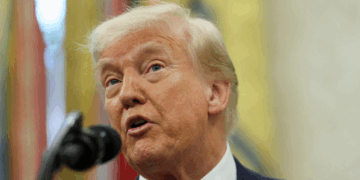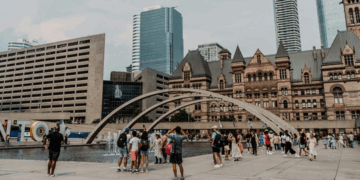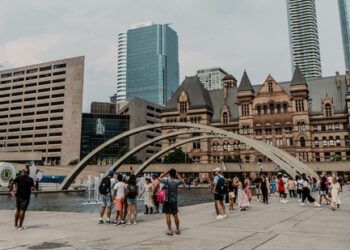As Donald Trump gears up for the 2024 presidential election, he is focusing his efforts on dismantling what is known as the “Blue Wall”—a term referring to the Democratic stronghold that has historically dominated the Midwest, particularly in states like Michigan, Wisconsin, and Pennsylvania. This region played a crucial role in the 2020 election, where Joe Biden reclaimed states that had previously swung to Trump in 2016.
The ‘Blue Wall’ was solidified after years of Democratic dominance, but Trump’s previous victory in 2016 showed that it could be breached. In that election, he flipped several states that had voted Democratic for decades, using a combination of populist rhetoric and a focus on issues like trade and immigration. His 2024 strategy appears to be a continuation of this approach, as he seeks to rally support from working-class voters disillusioned with the current administration.
Trump’s campaign is expected to focus on key issues that resonate in these battleground states, including economic recovery, inflation, and job creation. He has already begun making appearances in the Midwest, positioning himself as the candidate who understands the concerns of ordinary Americans. His strategy includes appealing to rural voters and those in suburban areas, which are increasingly pivotal in determining the outcomes of elections.
Experts suggest that Trump’s ability to chip away at the ‘Blue Wall’ will be critical to his chances of reclaiming the White House. While he faces significant challenges, including Biden’s incumbency and the evolving political landscape, Trump’s past successes in the region provide a blueprint for his campaign.
As the 2024 election approaches, the ‘Blue Wall’ remains a focal point in the national conversation. How effectively Trump can navigate this barrier may ultimately determine the outcome of the upcoming election, making it a critical aspect for both his campaign and the Democratic response.








 India
India











